 Your new post is loading...

|
Scooped by
Farid Mheir
|
I spent time over the Christmas holiday reading a book titled Anticipating 2025. Forward looking analysis that connects leaders with disruptive scenarios and their implications are invaluable, and ...

|
Scooped by
Farid Mheir
|
Stories tagged with Most Innovative Companies 2015.

|
Scooped by
Farid Mheir
|
I've saved the best for last in this series of posts on responsive IT. In our survey of 750 business and technology leaders (around 200 from IT and the remaining 550 from other parts of the busines...

|
Scooped by
Farid Mheir
|
The digital revolution is rapidly transforming the fundamental nature of many companies in a wide range of industries. Executives, entrepreneurs and general managers need to understand the economics, technology paradigms and management practices of innovating in digital-centric businesses to ensure corporate and personal success.

|
Scooped by
Farid Mheir
|
How do you measure a CEO’s impact? An HBR team recently addressed that question by ranking CEOs according to the increases their companies have seen in total shareholder return and market capitalization across their whole tenures.

|
Scooped by
Farid Mheir
|
Marketers want to know what their competition is up to. Setting up Google Alerts and following your competitor's Twitter feed can get you only so far, and the old "hide your badge trick" at tradeshows is just annoying. Does it ever work... or does it just arouse suspicion? So what's the best way to gather competitive intelligence? Some of the information you want is not public. Other information is just hard to find and takes some work. Luckily, with the troves of information now online, plus some new tools, it's never been easier.

|
Scooped by
Farid Mheir
|
In our sixth annual report, we outline eight trends that could potentially disrupt the way businesses engage their customers, how work gets done, and how markets and industries evolve. Read about the trends below, download the full report, and explore our interactive tablet app.

|
Scooped by
Farid Mheir
|
Since 2000, 52% of companies in the Fortune 500 have either gone bankrupt, been acquired or ceased to exist. These are challenging times for companies as the s…

|
Scooped by
Farid Mheir
|
After breaking up into a number of task forces and discussing strategic priorities, CIOs at the Journal’s CIO Network event came together to create a prioritized set of recommendations to drive business and policy in the coming year. While proposals ran the gamut, consensus seemed to form around two major themes: cybersecurity, and delivering change through effective communication with the rest of the business. The full results will be published in The Wall Street Journal CIO Network special report later this month. Here’s a look at the top five:

|
Scooped by
Farid Mheir
|
Startup markets tend to ebb and flow. Here are five trends to watch from enterprise startups this year.

|
Scooped by
Farid Mheir
|
Customer experience Content marketing Mobile Personalization Big Data Social Multichannel campaign management Marketing automation Video Location-based services

|
Scooped by
Farid Mheir
|
Your shopping habits reveal even the most personal information — like when you’re going to have a baby.

|
Scooped by
Farid Mheir
|
Consumers around the world are quickly adopting digital banking. Incumbents only have a short period to adjust to this new reality or risk becoming obsolete. A McKinsey & Company article.
Biogen Idec has partnered with Google X, Google’s business unit for long-term “moonshot” projects, to study outside factors that might contribute to the progression of multiple sclerosis (MS), according to a report from Bloomberg.
Google and Biogen will use sensors, software, and data analysis tools to collect and analyze data from people who have MS. The companies aim to explore why MS progresses differently in each patient.
Bloomberg pointed out that Biogen has used digital tools for its disease research in the past. Last month, Biogen announced that it was using Fitbit activity trackers to gather data from people who have MS. It gave 250 Fitbit bands to participants to track their level of activity and sleep patterns. Last summer, the pharma company worked with Cleveland Clinic to develop an iPad app to assess MS progression.
more at http://mobihealthnews.com/40031/google-biogen-will-use-wearable-sensors-to-study-multiple-sclerosis/
Via nrip, Olivier Janin
Wearable tech hasn’t caught on and hasn’t caught on. On Friday, Google withdrew Google Glass from consumer testing, and Apple has continually stalled on the release of their watch.
Whether or not Apple eventually releases their watch to popular acclaim, wearable tech will eventually arrive in the mainstream. Probably during 2015. For marketers, this can be daunting. Comprehensive mobile and social media strategies are still hard to deliver, and here comes another, vaguely defined innovation that may turn marketing, again, on its head.
We don’t really know what wearables will look like, and we don’t really know what they will do. So how can you prepare a marketing strategy?
By relying on what marketers do best: creative thinking, looking for patterns from consumers, and a little bit of imagination. Here are four ways wearables will change marketing – and what you can do to be ready....
Via Jeff Domansky

|
Scooped by
Farid Mheir
|
Delivering an enriched customer experience requires a new digital architecture running alongside legacy systems. A McKinsey & Company article.

|
Scooped by
Farid Mheir
|
There's an ongoing discussion in the enterprise software world about "systems of record" vs. "systems of engagement." Which do you have? "Systems of Record" are the ERP-type systems we rely on to run our business (financials, manufacturing, CRM, HR). They have to be "correct" and "integrated" so all data is consistent. [...]

|
Scooped by
Farid Mheir
|
In the Age of Facebook, organizations must redefine how they think about information management, control, and governance in order to deal with social technologies. In this AIIM White Paper, Geoffrey Moore, author of Crossing the Chasm and Managing Director, TCG Advisors, examines the fundamental revolution underway in enterprise IT brought about by ubiquitous Internet access, the proliferation of powerful mobile computing devices, and the consumerization of IT. This report compares and contrasts existing Systems of Record – those tools, repositories, and systems upon which organizations have built their business processes for the last several decades – with Systems of Engagement. These tools overlay and complement organizations deep investments in systems of record by providing Web-based access, usability across a variety of hardware and software platforms, and cross-organizational collaboration. In the report, Moore addresses these important questions: - How will the core value chains within our organizations - innovating, designing, procuring, marketing, selling, servicing, and governing - be impacted by social business systems?
- What are the issues facing end users who wish to better leverage their information management systems to:
- improve operating flexibility, and
- better engage with customers?
- What is the path forward for implementing, sustaining, and managing social technologies effectively and responsibly?
- See more at: http://www.aiim.org/futurehistory#sthash.91g7y0Gn.dpuf

|
Scooped by
Farid Mheir
|
The effect of social technologies in customer-facing processes is already significant. Our survey finds that while overall adoption of these tools has plateaued, companies can do more to measure and then capture social’s benefits. A McKinsey & Company article.

|
Scooped by
Farid Mheir
|
Mapping apps help us find the fastest route to where we’re going. But what if we’d rather wander? Researcher Daniele Quercia demos “happy maps” that take into account not only the route you want to take, but how you want to feel along the way.
Google prints money. It made $56 billion in revenue and earned $13 billion in its last full fiscal year.
All of that cash has kept Google shareholders happy for a very long time, so happy that they didn’t seem to care when the company opened up the door to competitors or missed a few pivotal trends. Even as Google's growth slows and the company matures, I’m sure that shareholders could stay happy for a little while longer. Analysts say the company will add $31 billion in search revenue alone over the next five years.
But money doesn’t mean that all is well in Mountain View, California. Tiny fissures have appeared in Google's façade. Its share of the U.S. search market fell to 75.2 percent in December from 79.3 percent a year ago. That piece of the pie could get smaller this year if Apple cancels its deal to use Google as its default mobile search engine. That would be a big loss. Citigroup analyst Mark May says that 60 percent of Google's mobile search revenue in 2014 came from the Apple deal.
Google stock has underperformed. It’s down 11 percent over the last year, versus a 14 percent gain for the Nasdaq and a 36 percent gain for Facebook.
The Google of 2015 is not unlike the early 2000s Microsoft – a hugely profitable company that is having a hard time innovating around its core product. Unless something is done, it will likely go through spasms of flailing and discontent that will be familiar to longtime veterans of the Redmond, Washington software giant.
For all of its innovation, best captured by Eric Schmidt’s “How Google Works,” Google is a 55,000-person behemoth, and it’s nearly impossible for any company to move quickly and creatively at that size. Among tech giants, only Apple has managed to innovate after becoming so big. Hewlett Packard? Nope. IBM? No way.
Despite all the talk about Google’s much vaunted moonshots - self-driving cars and Google Glass, internet-connected balloons and drone deliveries - the company is still basically a purveyor of cheap online ads that it sells at massive volume against the things that we search for online. Advertising accounted for $51 billion of the company’s $56 billion in revenue last year.
The most valuable thing that the official moonshot incubator, Google X, has produced isn’t innovative products that will maintain Google’s search dominance. It’s good PR. It codified the idea that Google is always trying new stuff and failing because that’s what true, crazy, bountiful innovation looks like.
With the Google X mythology, Google has cover for all sorts of (sometimes expensive) failures, including the aforementioned smart glasses. It also has cover for failed products that could be more germane to the core business' success, like social networks (R.I.P. Google Plus and Google Buzz), payments (Google Wallet, in remembrance) and storage (wither Google Cloud Platform?).
The willingness to fund a division like Google X means that Google wants to test the boundaries in lines of business where success doesn’t really count in the here and now. But that hasn’t saved Google from stagnating in ways that do.
Click headline to read more--
Via Chuck Sherwood, Former Senior Associate, TeleDimensions, Inc

|
Scooped by
Farid Mheir
|
Apple has been collecting payment card data since 2003, the year it launched the iTunes Store.

|
Scooped by
Farid Mheir
|
Digital technology clearly has become a momentous disruptor of traditional business paradigms, as well as an enabler of new business approaches and customer relationships. This is why, according to Cisco Systems Inc., there is an estimated $14.4 trillion in “digital disruption dollars” up for grabs between now and 2022. Accenture believes that digital supply networks are the backbone of this new ecosystem: worldwide conduits that streamline and accelerate the exchange of products, materials, components and (perhaps most important) information. We also believe 3D printing is an ideal illustration of the digital supply network’s vast potential

|
Scooped by
Farid Mheir
|
In a webinar yesterday, IDC discussed its CIO predictions for 2015 and beyond. Of IDC’s 10 predictions, the one that intrigued me most, predicted that most of the audience, presumably CIOs and senior IT executives, will eventually relinquish their most interesting and important responsibilities to Chief Digital Officers (CDOs):

|
Scooped by
Farid Mheir
|
I think data analysis can deliver inferences at certain levels of quality. But we have to be clear about what levels of quality. We have to have error bars around all our predictions. That is something that’s missing in much of the current machine learning literature.
|

Curated by Farid Mheir
Get every post weekly in your inbox by registering here: http://fmcs.digital/newsletter-signup/
|
 Your new post is loading...
Your new post is loading...















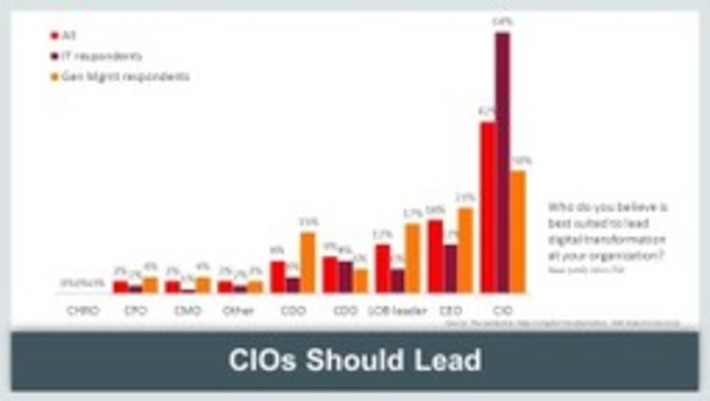
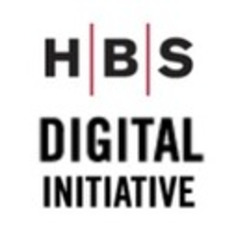







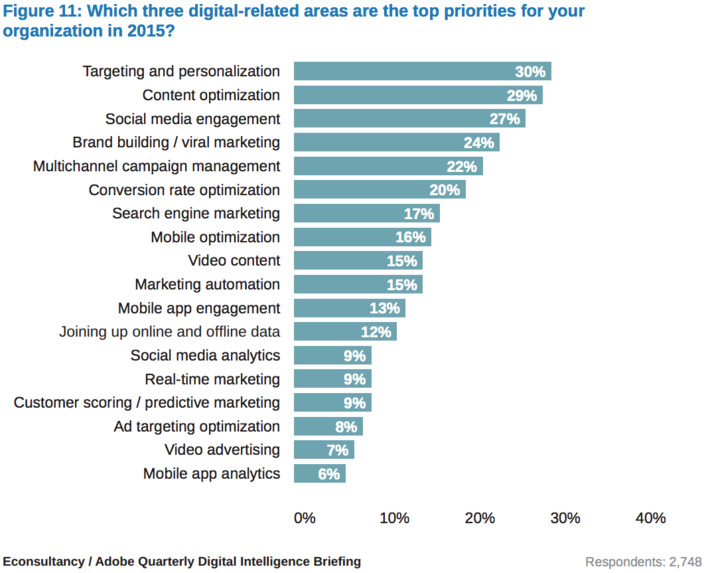

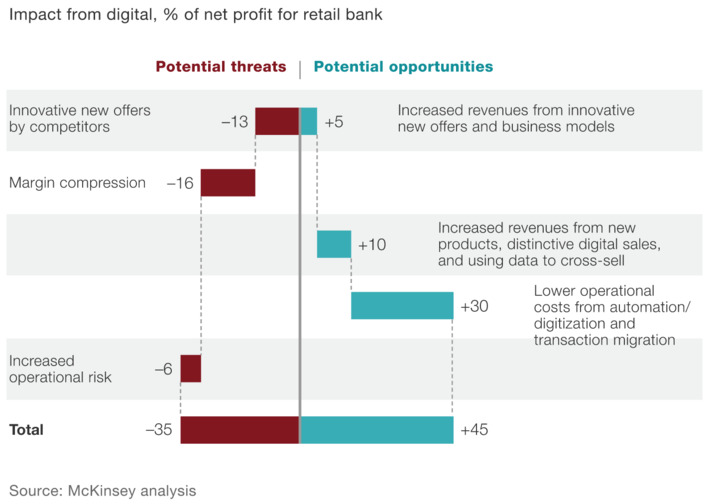





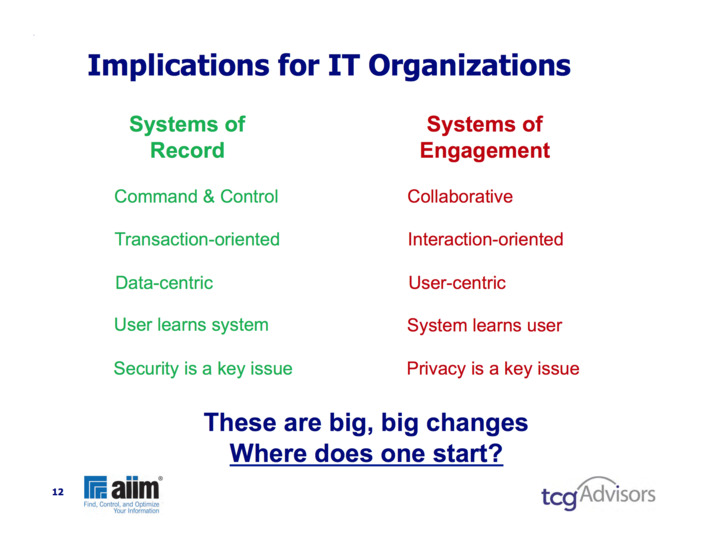
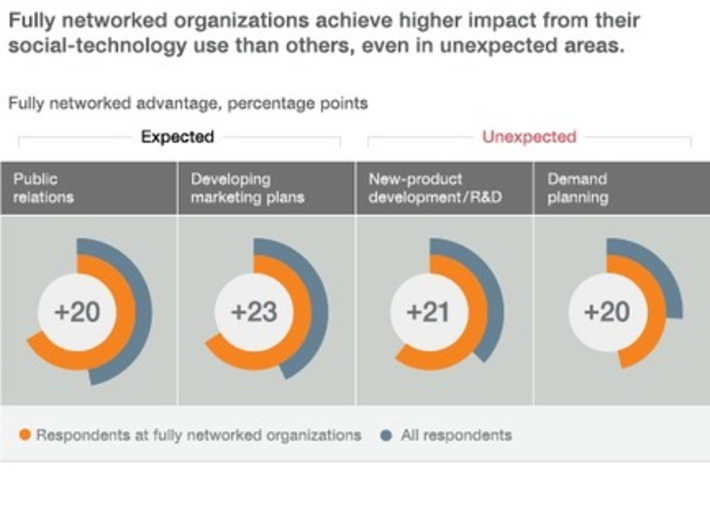


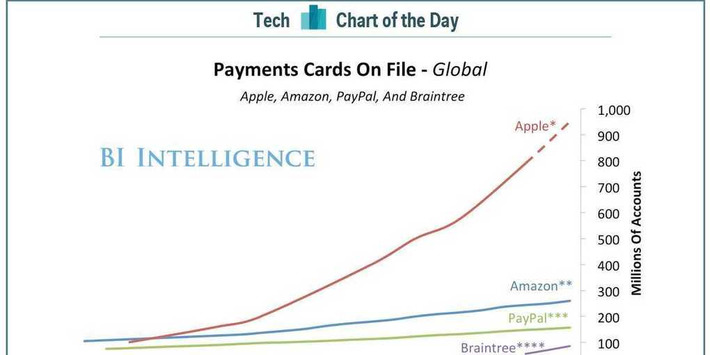
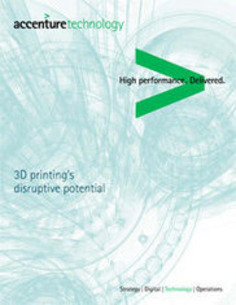
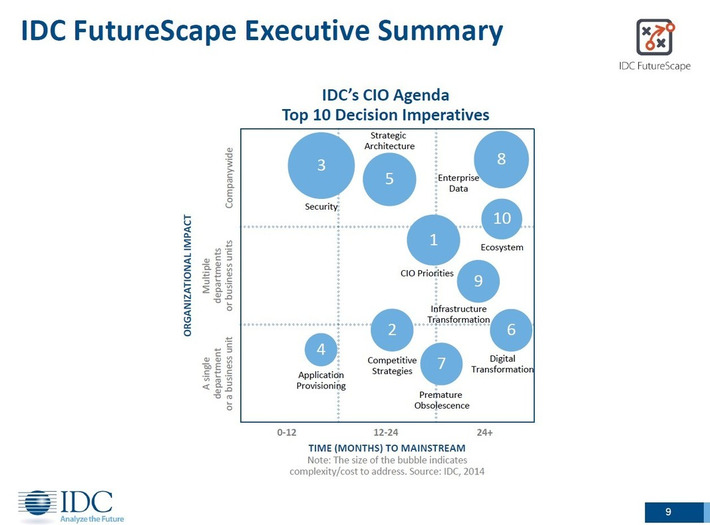









Always good insights from Franck Diana. This is especially good because of the angle it takes, looking at the world as if we were in 2025.